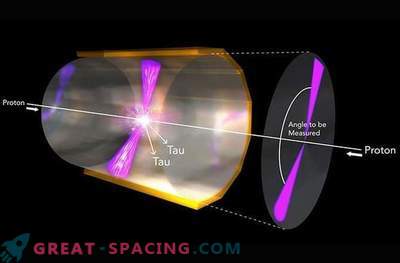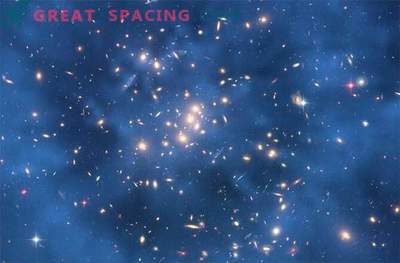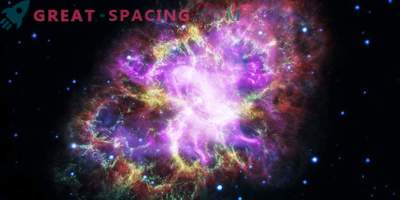
According to a report from the European Organization for Nuclear Research (CERN), on Sunday, the large andron collider was put into operation after the modernization, which lasted about two years.
As part of the restart process in the Large Andron Collider (LHC) as a source material for a subatomic collision, two proton beams were successfully introduced.
According to CERN, all collider systems are subject to verification over the next two days before the start of the process of increasing the energy of the beams.
Thanks to two years of intensive modernization and several months of preparation for the restart, the Large Andron Collider, the world's most powerful particle accelerator, is back in service, as CERN reported.
Today (Sunday) at 10.42 a single proton beam again passed a 27 km ring, and at 12.27 a second beam was launched in the opposite direction, she said.
The director of CERN pointed out that BAC is “in great shape” in terms of acceleration technology.
“However, our most important step remains ahead until we can increase the energy of the beams to record speeds,” he said.
The short circuit that occurred in one of the colider’s magnetic circuits eight days ago caused a delay in the long-awaited restart.
The LHC is a circular tunnel on the border of France and Switzerland, in which two proton beams are sent for collision in opposite directions. Powerful magnets direct the beams in such a way that they collide at those points on the track where sensors are installed that allow four laboratories to monitor collisions.
Subatomic particles are then carefully analyzed for the emergence of new elements and the forces that hold them together.
In 2012, with the help of the LHC, the Higgs boson, an element responsible for the inert mass of particles, was discovered. This discovery was awarded the Nobel Prize for two scientists who suggested the existence of such an element in 1964.
The modernization was aimed at increasing the maximum power from eight teraelectronvolt (TeV) to 14 TeV. Accordingly, seven TeV for each of the rays directed in opposite directions.
As CERN stated earlier that if everything goes as it should, the launch of the hadron calider “at an energy of 13 TeV” can happen as early as June.
At the next stage of the preparation of the LHC, scientists investigated the phenomenon, which in the new physics is called the mysterious “dark matter”, and causes great interest in the scientific community.
In the well-known Universe, the volume of visible matter is only 4%.











































